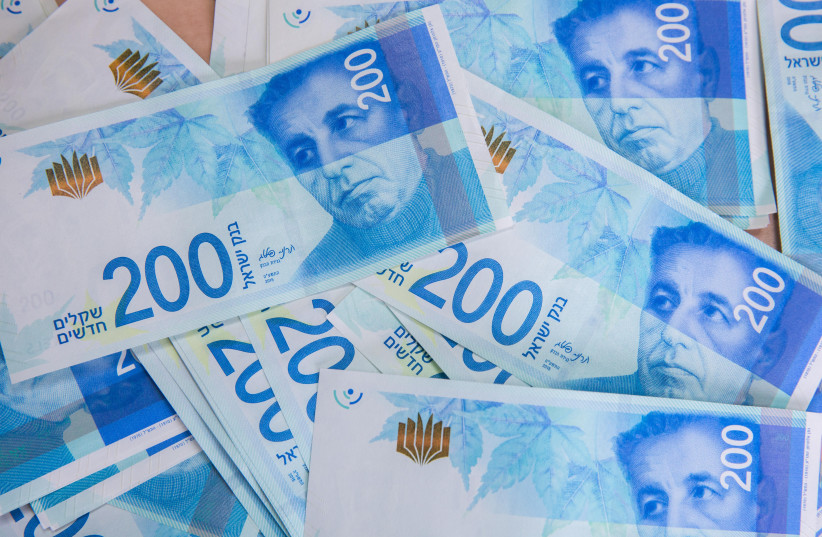The OECD has quietly issued a far-reaching “Public Consultation Document” on streamlining the taxation of intercompany “baseline marketing and distribution activities” within multinational groups.
Because there is apparently no size limit, these proposals, if adopted, could shake up Israeli and international routine trade and tax across the 143 countries signed up to the OECD/G20 alliance (known as the Inclusive Framework). Israel is a member of the OECD.
The Consultation Document has the vague title “Pillar One – Amount B.”
The Consultation Document was open to public comment from July 17 until September 1. We submitted a version of this article to the OECD.
Main proposals
The OECD proposes that the taxable net profit/return from baseline marketing and distribution activities may be assumed to range from 1% to 6% of sales, depending on industry grouping and the ratios of operating assets and expenses to sales.

This would be the deemed arm’s-length profit percentage under the transaction net-margin method (TNMM) method of transfer pricing.
This may be good news for some multinationals, but only if they meet a number of conditions (“filters”) needed to be eligible (“in scope”). There are two alternatives, A and B. Conditions common to A and B include:
- The two sides to intercompany transactions do not contribute unique and valuable intangible assets or regulatory licensing assistance, do not share integrated functions/assets/risks (FAR), and do not share interrelated risks;
- Annual operating expenses in the last three years range from 3% to 50% of sales;
- Not commodities;
- Non-distribution activities are separated out.
In addition, under Alternative B, a “qualitative” condition must also be met: no non-baseline contribution to transactions. That means no customizing or modification of products distributed and nothing that enables market access (e.g., getting regulatory approval) or creates barriers to market entry (e.g., know-how). But “functions that merely inform, support or facilitate the process in achieving regulatory approval” or “providing more limited market research” would be okay.
Countries will be allowed to issue their own assumed rates of return on sales.
Comments
Not yet final: These are proposals, so it remains to be seen what the OECD finally recommends and how each country will adopt them.
No revenue threshold? The OECD should clarify whether these proposals relate to marketing distribution groups of ALL sizes across the 143 countries of the OECD/G20 Inclusive Framework. This means clarifying that there is no revenue threshold.
Country rates of returns: An OECD peer-review panel should review all country rates of return (profit percentages) before commending them. This would put the onus on countries to justify their published rates of return.
E-commerce? There is no guidance or example regarding e-commerce in the digital age (to promote BEPS Action 1). For example, what about warehouse activities or routine website design and maintenance? What about addressing user feedback?
Definition of Baseline: What is baseline? How does it differ from sophisticated or unique products? What about unpatented technology (to preserve commercial secrecy) or provisional patents?
Expenses – to be or not to be? It will be open season when it comes to allocating to expenses between distribution and nondistribution activities, especially finance expenses, foreign-exchange differences, fixed overheads, depreciation, past and present R&D, etc.
The OECD should use: The UK-based criterion that “expenses incurred wholly and exclusively in the ordinary course of the business activity concerned.”
Insufficient appeal procedures: An efficient international tax tribunal system is urgently needed.
VAT/sales tax/digital-services tax: The proposals relate to corporate income tax. There is no mention of the interaction with VAT/sales tax. Instead of double taxation, triple taxation may ensue. The OECD should consider extending foreign tax credits to all such taxes recognized by an OECD peer-review panel.
Overall: We prefer Alternative A, as Alternative B will open up endless interpretation issues among tax authorities and taxpayers over the next 20 years. Better still: Drop the term “baseline,” and use the heading: “Routine low-risk distribution of physical and digital goods.”
If you are involved in international marketing or distribution, check out these proposals. They are not fully baked, but they could be in the next year or so. Would the deemed profit percentages lower your tax bill? Will the Israeli tax authorities honor them? Watch this space.
As always, consult experienced tax advisers in each country at an early stage in specific cases.
leon@hcat.co
The writer is an accountant and international tax specialist at Harris Consulting & Tax Ltd.
